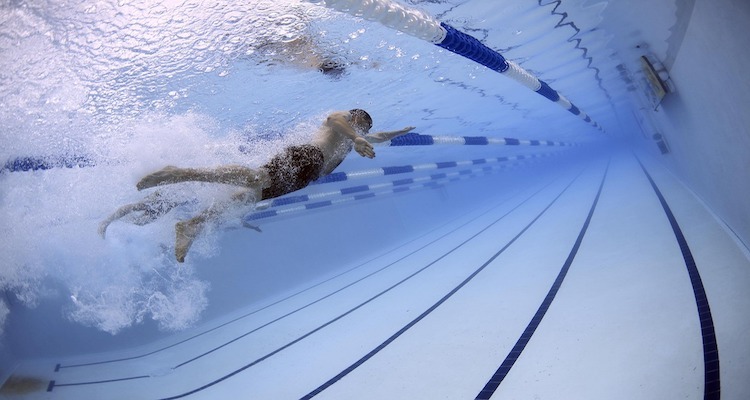
Swimming is generally considered a low-impact sport, meaning it has a lower risk of injury compared to other high-impact activities. However, injuries can still occur while swimming. Here we explore some common injuries in swimming, and some causes and solutions. These are some ways swimming can cause injuries:
It's important to take precautions to prevent these types of injuries, such as warming up properly, using proper technique, staying hydrated, and wearing appropriate safety gear. If you experience pain or discomfort while swimming, it's important to stop and seek medical attention if necessary.
Swimmers can take a number of steps to help prevent injuries from occurring:
By taking these steps, swimmers can reduce their risk of injury and stay safe while enjoying the benefits of swimming.
While swimming is a low-risk sport many famous swimmers have suffered from injuries over the years. Here are a few examples:
These are just a few examples of the many famous swimmers who have had to overcome injuries throughout their careers. Even the most elite athletes can be vulnerable to injuries, which is why it's important for all swimmers to take steps to prevent injuries and seek treatment when necessary.
This is just some general advice and examples of swimming injuries. While this general information is helpful it is always best to consult a qualified sports medicine consultant to get bespoke physical preparation, and injury rehabilitation advice. If you are after a physiotherapist or sports massage therapist or chiropractor you can search for them and other sport performance specialists, including coaches, on our directory. You can search for the sport performance specialist you need by location or specialism.
